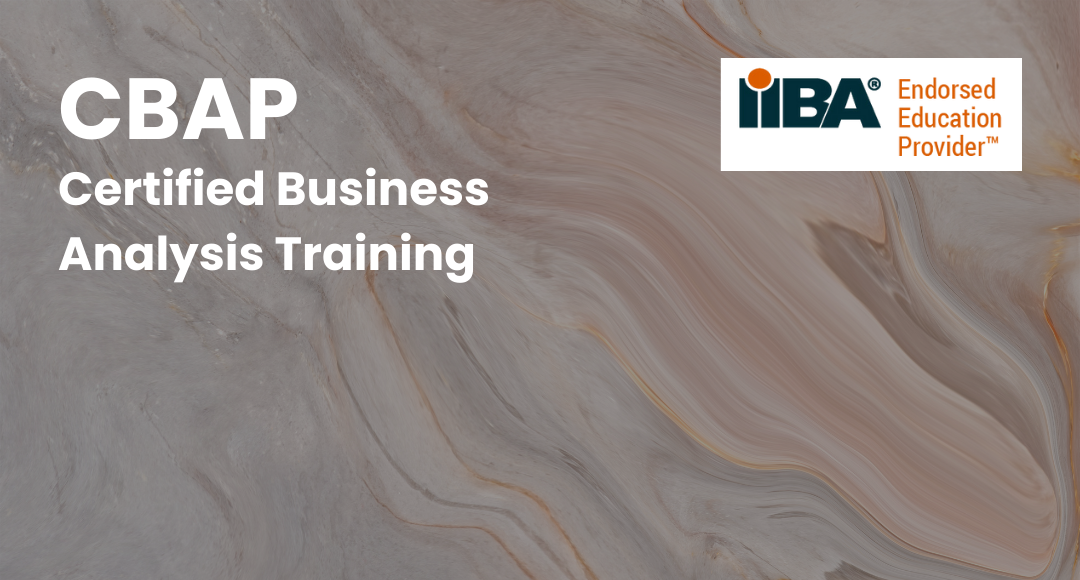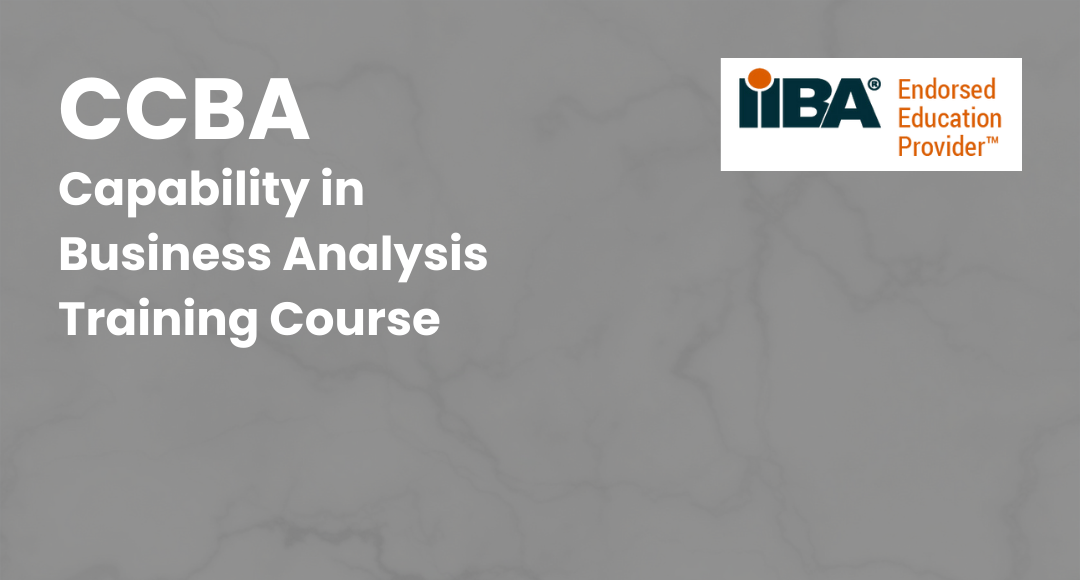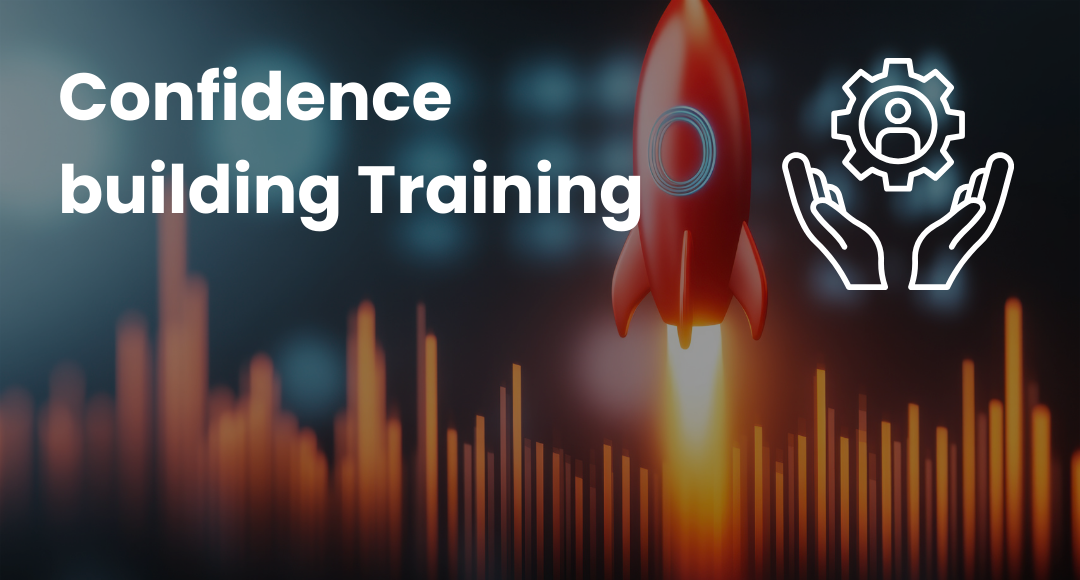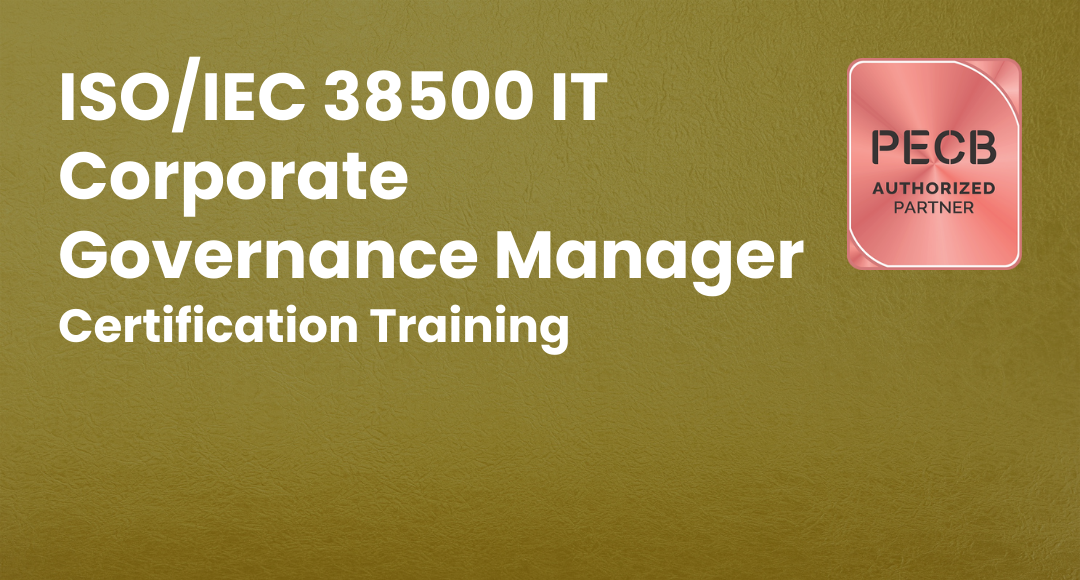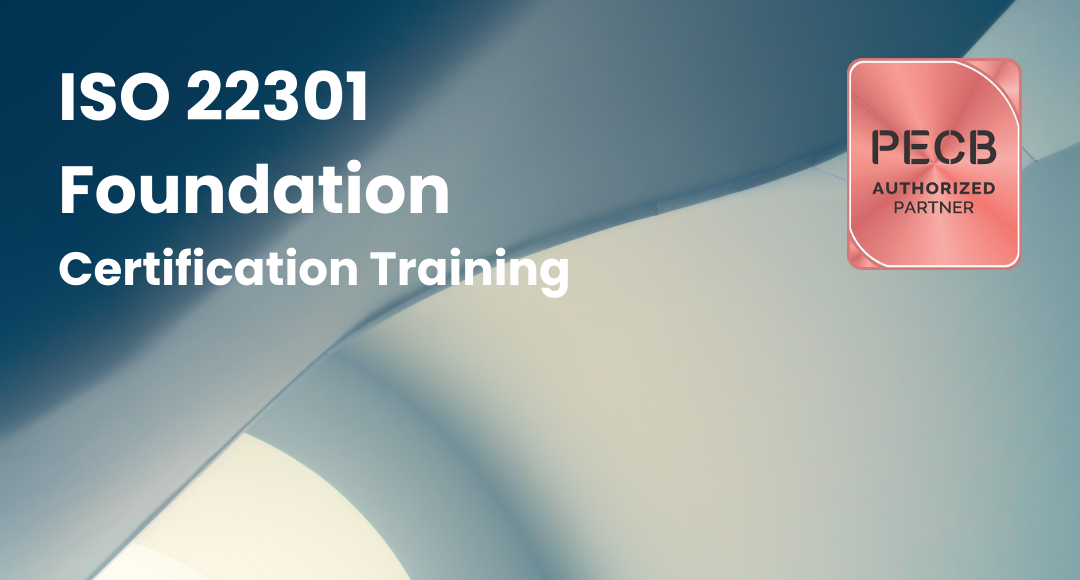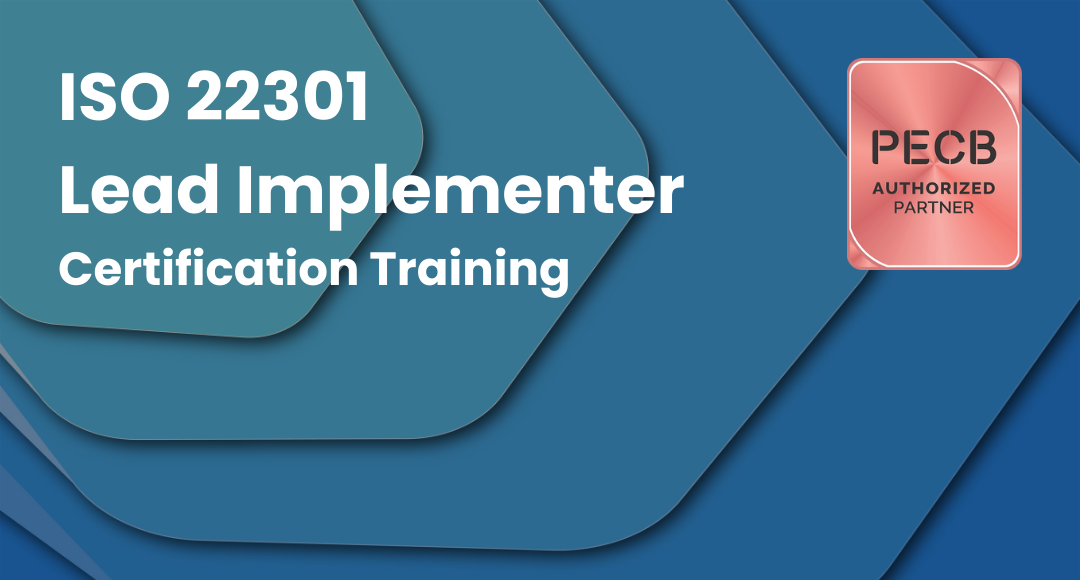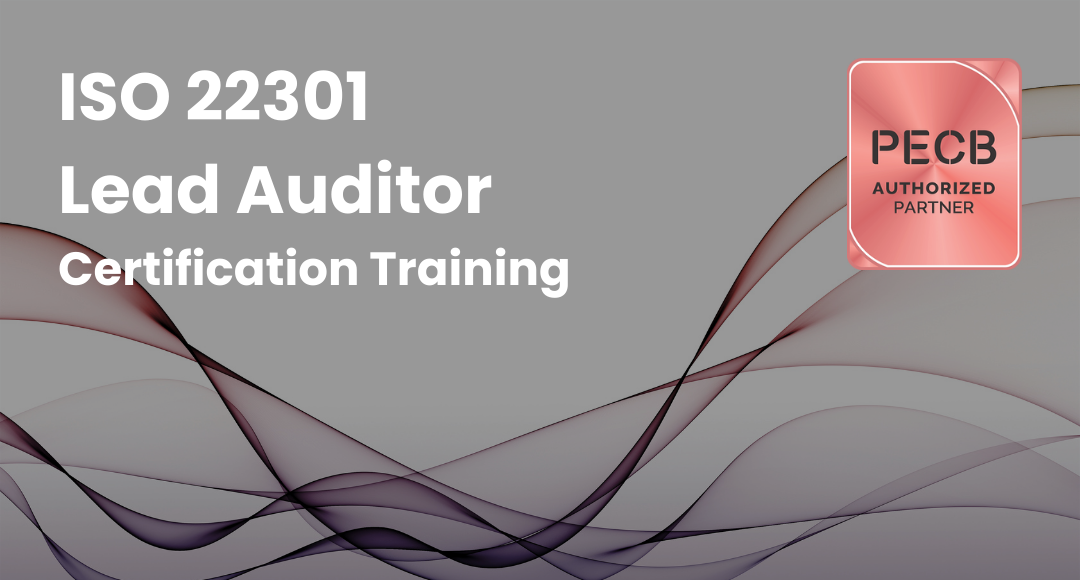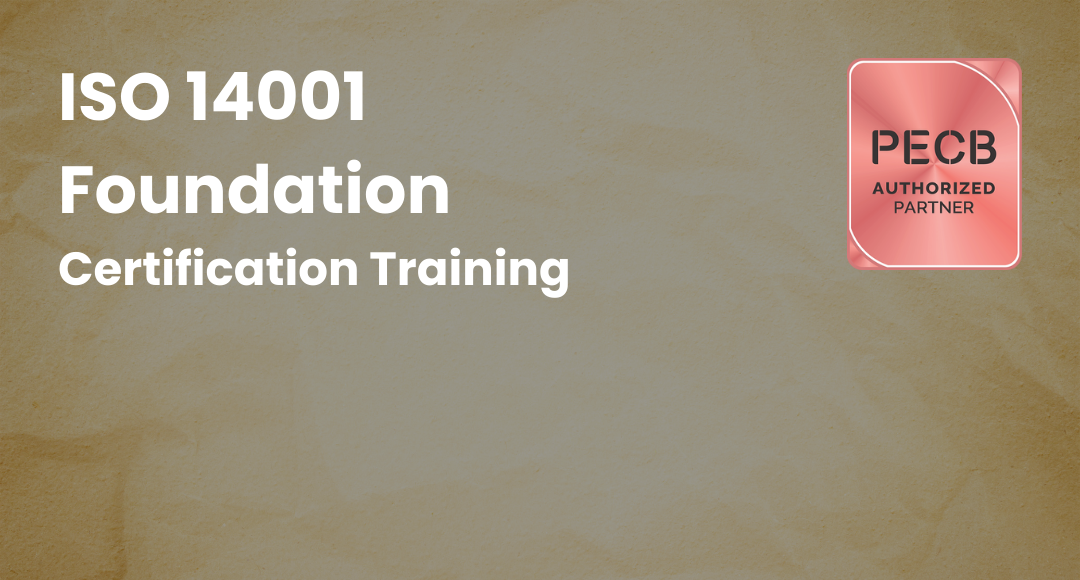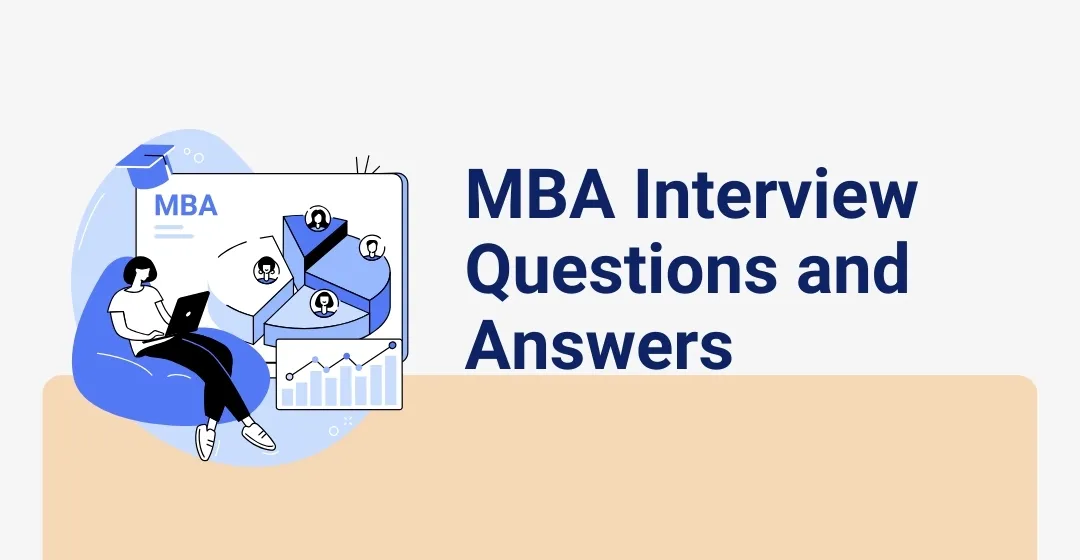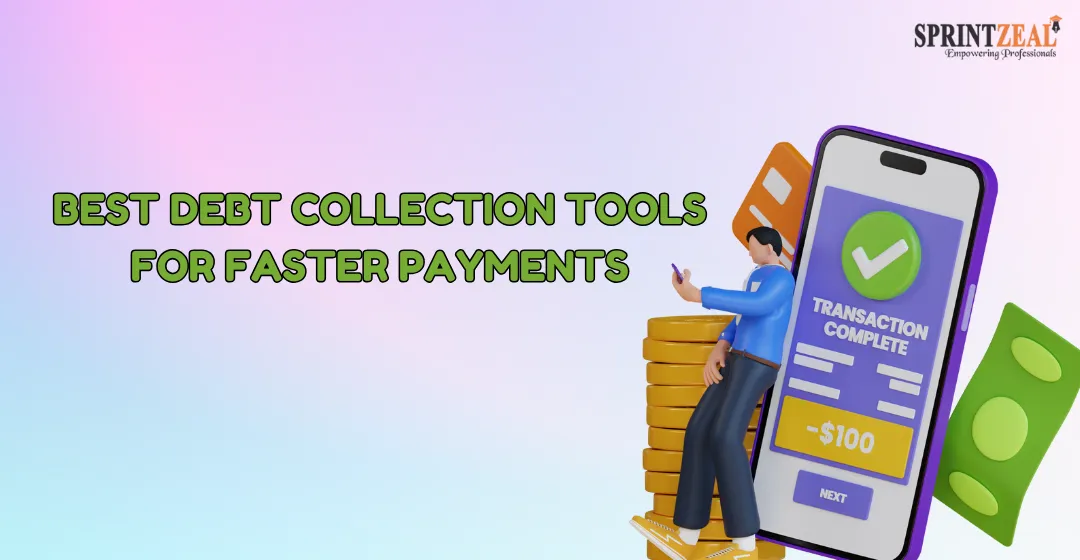Updated Business Analyst Interview Questions and Answers 2024
-
 By Afra Noorain
By Afra Noorain - Published on Aug 30 2024

Table of Contents
Most Popular Business Analyst Interview Questions and Answers 2024
Interviews come in many forms, tailored to specific roles and profiles, but the common goal remains the same: finding the right fit for the job. While technical expertise is important, today's hiring managers also place a significant emphasis on a candidate’s personality and soft skills.
Current trends show that 90% of the interview process is focused on assessing these qualities. You don’t need to be a tech genius to land a job at a multinational corporation; instead, you need the right mindset and preparation.
Mindset Preparation for Your Business Analyst Interview
Start preparing your mindset at least a week before your interview. Neuro-linguistic programming (NLP) studies suggest that subconscious re-engineering can significantly impact our performance. Tools and techniques like power poses and positive visualization can boost your confidence and help you project a competent and confident persona.
The role of a Business Analyst requires continuous communication, so being mentally prepared is key. Let's dive into the most commonly asked interview questions for a Business Analyst position, based on data-backed research by the International Institute of Business Analysis (IIBA).
Business Analyst Interview Questions and Answers - What to Expect
This article covers the most frequently asked interview questions for Business Analyst roles. The answers provided are designed to help you navigate the conversation confidently and effectively.
Top Business Analyst Interview Questions and Answers
Your answer should highlight key competencies like effective communication, stakeholder management, and time management. These skills are critical as you will need to analyze data, communicate with higher authorities, and manage multiple projects simultaneously. Mention your ability to understand and bridge gaps between various teams and how your time management skills allow you to handle multiple tasks efficiently.
Q2. Tell me about your typical project approach.
When answering this question, focus on the general phases of your project management approach, such as planning, execution, and delivery. Discuss specific deliverables you've created and how you have customized your approach based on the project's needs. Avoid listing numerous projects; instead, be specific about the methodologies you use and how you ensure successful project outcomes.
Q3. Describe a situation where you handled difficult stakeholders.
This question tests your soft skills, particularly in communication and collaboration. Instead of bragging about your abilities, focus on how you understood the stakeholder’s perspective and addressed their concerns. Use specific examples to show how you resolved conflicts or aligned differing viewpoints to achieve project goals.
Q4. Why are flowcharts essential?
Flowcharts are crucial for visualizing processes, which helps in project management and communication between teams. When answering, discuss how you use flowcharts to map out processes and ensure that all team members are aligned. Mention tools like Kanban boards and specific flowchart conventions, such as hexagons for decisions and diamonds for processes.
Q5. How do you handle change requests?
This question is about your adaptability and analytical skills. An ideal answer should include how you assess the impact of change requests on project scope, cost, and timeline. Talk about the importance of prioritizing changes and conducting impact analysis to ensure that the project stays on track despite any modifications.
Scenario-Based Business Analyst Interview Questions
Q6. Describe a time when your advice led to an optimized result.
Here, focus on data-driven decision-making. Discuss a situation where your data analysis led to a recommendation that optimized project results. If you are a fresher, frame your answer around a hypothetical scenario or past academic experiences where your advice led to positive outcomes.
Q7. What is the essential aspect of analytical reporting in your view?
Analytical reporting is vital for making informed decisions. Highlight your experience in using analytical reports to guide strategic decisions. Mention any specific tools or methodologies you have used, and discuss how critical thinking plays a role in interpreting data to drive business success.
Q8. How fluent are you with SQL queries?
SQL is essential for data analysis in business analysis. Discuss your proficiency with SQL, including your experience with writing complex queries, using JOIN statements, and creating test databases. Be prepared to discuss specific SQL commands if prompted by the interviewer.
Q9. What tools do you consider critical in a Business Analyst role?
Be specific about the tools you use, such as MS Office Suite, MS Visio, Rational Tools, and Advanced SQL. Explain how these tools help you in your daily tasks and enhance your productivity. Tailor your answer to include any industry-specific tools you’ve used, which will show that you're a tech-savvy professional.
Project-Based Business Analyst Interview Questions
Q10. How do you approach a project in general?
Avoid listing out specific experiences in detail; instead, focus on the general approach you take in project management. Discuss how you use the Work Breakdown Structure (WBS), teamwork, and workflow management to ensure project success. Emphasize the customer-centric nature of your approach, and discuss both plan-driven and change-driven methodologies.
Q11. What is SRS?
A Software Requirements Specification (SRS) is a detailed document that outlines the functional and non-functional requirements of a software application. Discuss how an SRS helps in ensuring that all stakeholders have a clear understanding of the system’s requirements, and how it plays a critical role in the software development lifecycle.
Q12. Define requirements.
Requirements in the software development lifecycle (SDLC) are the inputs necessary for achieving business objectives. Discuss how requirements are validated by project sponsors and stakeholders before implementation and how they are documented to ensure clarity and alignment with business goals.
Q13. How would you define a use case?
A use case is a diagrammatic representation that describes how users interact with a system. Explain how use cases help in identifying potential issues and ensuring that the software meets user needs. Discuss the importance of use cases in software engineering and how they guide the development process.
Q14. Define BRD and differentiate it from SRS.
A Business Requirements Document (BRD) is a high-level document that outlines the client's requirements, whereas an SRS is a detailed technical document that specifies the software's functional and non-functional requirements. Explain the differences between these two documents and the roles they play in the project lifecycle.
Technical Business Analyst Interview Questions
Q15. How would you define gap analysis?
Gap analysis is a technique used to identify the gap between the current state and the desired state of a system. Discuss how you use gap analysis to identify areas for improvement and to develop strategies for closing these gaps. Be specific about how you have applied gap analysis in past projects.
Q16. What does INVEST mean?
INVEST stands for Independent, Negotiable, Valuable, Estimable, Sized appropriately, and Testable. Explain how you use this framework to ensure that project deliverables meet the required standards and are aligned with project goals.
Q17. Define Pareto Analysis.
Pareto Analysis, also known as the 80/20 rule, is a decision-making technique used to focus on the most critical issues that have the greatest impact. Discuss how you’ve used Pareto Analysis to prioritize tasks and improve project outcomes.
Q18. What is BPMN?
Business Process Model and Notation (BPMN) is a graphical representation of business processes. Explain how you use BPMN to visualize and communicate business processes, and how it helps in decision-making and process optimization.
Q19. How would you define benchmarking?
Benchmarking involves measuring an organization’s performance against industry standards. Discuss how you use benchmarking to identify areas for improvement and to develop strategies for outperforming competitors.
Advanced Business Analyst Interview Questions
Q20. Elucidate the steps involved in requirement gathering.
Requirement gathering is a multi-step process that involves collecting background information, identifying stakeholders, discovering business objectives, and defining project scope. Discuss how you use techniques like SWOT and PESTEL analysis to gather requirements, and how you ensure that these requirements are validated and documented for successful project execution.
Q21. What are some hindrances a Business Analyst may face in project management?
Business Analysts often face challenges related to employee resistance, technology issues, and business model errors. Discuss how you’ve navigated these challenges in past projects and what strategies you’ve used to overcome them.
Q22. What is business model analysis?
Business model analysis is a technique used to assess the viability of a business model in terms of social, economic, and personal factors. Discuss how you use business model analysis to guide strategic decisions and ensure that business models are aligned with organizational goals.
Conclusion
This article has covered a wide range of potential interview questions for a Business Analyst role, along with strategies for answering them effectively. The key to success in these interviews is to be innovative, and adaptable, and to always project yourself as a leader, not just a candidate.
To get full details about Business Analyst Certification Training, chat with our course expert or drop your query at Click Here and our support team will reach you. Explore other career-making courses offered by Sprintzeal and find the certification that benefits your career.
Suggested Read – Business Analyst Career Path Guide
Subscribe to our Newsletters
Popular Programs
ISO/IEC 38500 IT Corporate Governance Manager
Live Virtual Training
- 4.9 (650 + Ratings)
- 44k + Learners
ISO/IEC 38500 Lead IT Corporate Governance Manager
Live Virtual Training
- 4.7 (650 + Ratings)
- 16k + Learners
Trending Posts
MBA Interview Questions and Answers Guide 2025
Last updated on Sep 5 2025
CCBA Certification Career Transformation Guide
Last updated on Jul 13 2023
What is Digital Business? An Introduction
Last updated on Jan 18 2023
What is Salesforce? A Beginner's Guide
Last updated on Nov 21 2022
Types of Business Analyst Roles in 2024 – Responsibilities and Earnings
Last updated on Sep 18 2023
5 Best Debt Collection Tools for Faster Payments and Scalable Growth
Last updated on Aug 27 2025
Categories
- Other 66
- Agile Management 58
- Cloud Computing 51
- Project Management 170
- Big Data 58
- Business Management 82
- Digital Marketing 73
- IT Service Management 29
- Programming Language 50
- AI and Machine Learning 68
- IT Security 110
- Quality Management 77
- IT Hardware and Networking 25
- Microsoft Program 4
- Workplace Skill Building 12
- Risk Management 9
- Information Security 8
- Leadership and Management 7
- Corporate Training and Development 1
Trending Now
Process Maps - How to Create and Use Them
ebook11 Best Business Blogs 2024 (UPDATED)
ebookCBAP Certification Exam Preparation Guide 2024
ebookBusiness analyst career path in 2024
ebookCCBA Certification Career Transformation Guide
ebookTop Salesforce Interview Questions and Answers 2024
ebookWhat Is Business Continuity Planning?
ebookBusiness Analysis Certifications 2024
ebookBusiness Process Mapping Guide for Beginners
ebookBusiness Analyst Skills List 2024
ebookWhat is Business Analysis - A Complete Guide
ebookRemote Working Methods for 2024
ebookBest Business Analytics Tools in 2024
ebookWhat is Salesforce? A Beginner's Guide
ebookWhat is Digital Business? An Introduction
ebookBusiness Analyst Job Requirements - Qualifications and Skills
ebookBusiness Analyst Job Profile – Role, Skills and Challenges
ebookTypes of Business Analyst Roles in 2024 – Responsibilities and Earnings
ebookBusiness Analyst Qualifications and Skills in 2024
ebookBusiness Analyst Career Road Map Explained
ebookHow to Become a Business Analyst: Step-by-Step Guide
ArticleBusiness Analyst Job Description - Key Role and Responsibilities
ebookBusiness Analyst Career Guide 2026
ebookWhy Become a Business Analyst in 2023: Top Reasons and Scope
ArticleFundamentals of Business Impact Analysis (BIA): Best Practices to Implement
ArticleBenefits of ISO 26000 for Strengthening Business Continuity
ebookThe Essential Guide to ISO Standards in Business Management
ArticlePrinciples of ISO 14001 Foundation
ArticleUnderstanding ISO/IEC 38500 IT Foundation and its application
ArticleTop Professional Business Certifications Trending in 2025
ArticleSteps to Implementing ISO 22301 Foundation: A Complete Guide
ebookUnderstanding ISO 37101 Foundation and Its Role in Sustainable Development
Article7 Core Principles of ISO 26000: A Guide to Ethical Organizational Practices
ebookThe Reason For The Fall Of BlackBerry
ArticleGoogle and Innovation: What Makes it Most Innovative?
ArticleBest Business Analysis Books You Need to Read in 2025
ArticleWhat is MBA in HR: Overview, Scope and Benefits
ArticleHow to Become a Product Manager: A Step-by-Step Guide
ArticleWhy Reliance Industries is a Global Giant?
ArticleTata Growth and Global Success: Best Lessons and Their Impact
ArticleMost Sold Ford Car: Global Rankings and Success Insights
ArticleHow Disney's Success Story Became a Global Entertainment Powerhouse?
Article4 Proven Approches to Build a Strong LinkedIn Community
ArticleEssential Business Tools Every Female Founder Should Have
ArticleThe Role of Technology in Scaling a Small Business
ArticleMastering Student Finances with AI: The Ultimate Guide for Comfortable Living
ArticleBusiness Automation: Reshaping Modern Enterprises
ArticleThe ROI of Automated Invoice Processing: What Can Your Company Save?
ArticleCareer Opportunities After a Distance MBA in India
ArticleModeling Business Processes in Law Firms: Optimization Through Modern Technologies
ArticleBoosting E-Learning Visibility with SEO and Video Translation Strategies
ArticleBuild a Store That Sells: E-commerce Essentials Explained
ArticleMaximizing E-Commerce Efficiency: Top Plugins Every Online Store Needs
ArticleMastering Digital Communication: Tools That Redefine Transparency in Teams
ArticleWhat Is HubSpot CRM & Why Should You Choose It For Your Business?
ArticleHow Does Personalization Impact Cold Email Success?
ArticleThe 5 Best Lead Finder Tools for Brand Collaborations
ArticleThe Complete Guide to Bootstrapping Your SaaS
ArticleHow to Build a One-Person Business Like a Team of Ten? Bloggervoice
ArticleMaximize ROI: Why Quality Video Animation Services Matter
Article6 Digital Tools Every Solo Founder Should Be Using by Now
ArticleHandle Sales, Tax, and Inventory Seamlessly with Billing Software for PC
ArticleTax Saving Options for Working Individuals in 2025
ArticleHow to Use AI Video Generators and Online Video Translators to Grow an International Audience
ArticleBest Accounting Software For Etsy Bookkeeping
ArticleOutsourcing: Everything You Need to Know
ArticleIn-House vs. Outsourced AI Development: Finding the Right Balance
ArticleAffordable Asset Management Software for Small Teams
ArticleFrom Delays to Instant Approvals: The Power of Real-Time Insurance in Labs
Article3 Best Video Meeting Tools to Simplify Remote Work and Hybrid Teams
Article5 Top Accounting Software Options for Construction Firms
Article5 Best Debt Collection Tools for Faster Payments and Scalable Growth
ArticleWhy Manufacturers Should Invest in Both Machines and People
ArticleMBA Interview Questions and Answers Guide 2025
ArticleTop 7 Tools for WhatsApp And HubSpot Integration in 2025
ArticleThe Future of Networking and CRM: Building Stronger Business Connections
ArticleThe Best 3D Architectural Rendering Companies
ArticleMastering the Art of Interpersonal Communication
ArticleITAM and Finance: Depreciation, GL Mapping, and Audit-Ready Records
Article8 Best Cost-Effective ISO 27001 Compliance Solutions for 2025
ArticleWhy Your Business Really Needs a Shopify Consultation
Article

